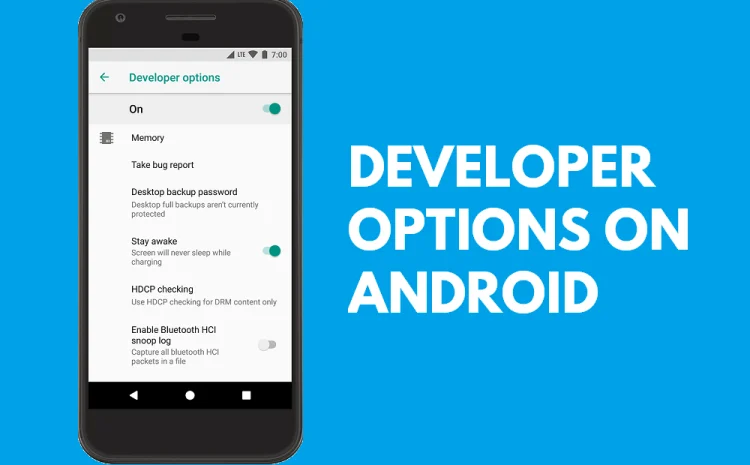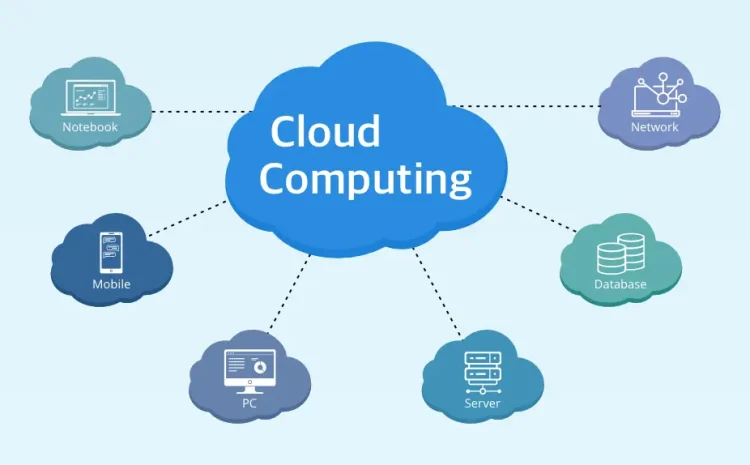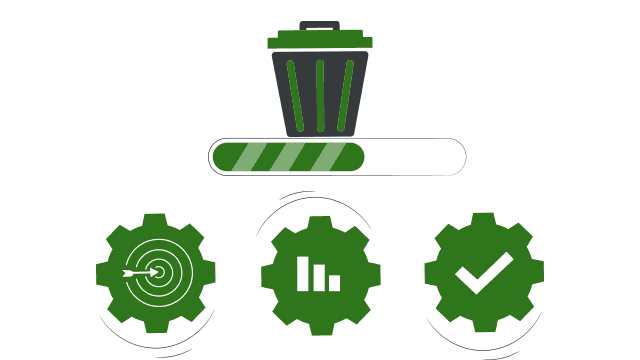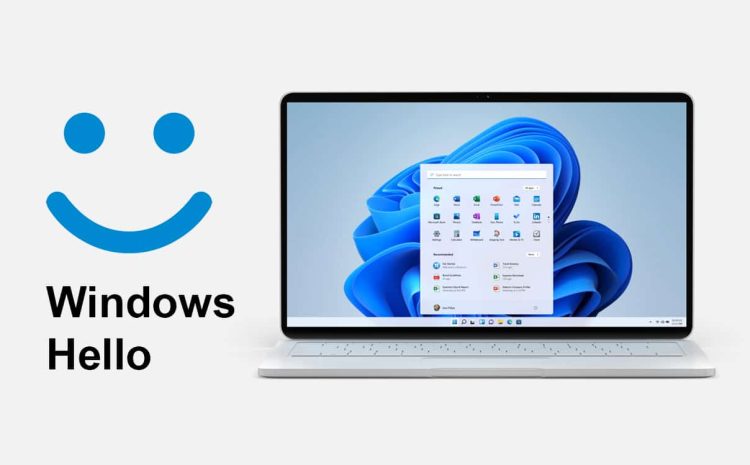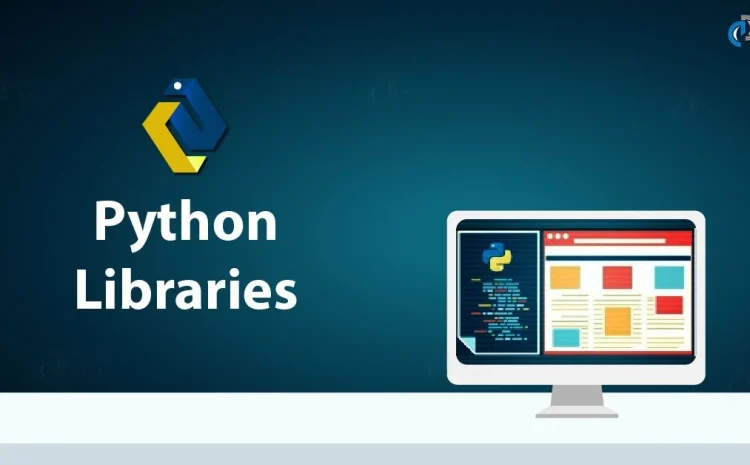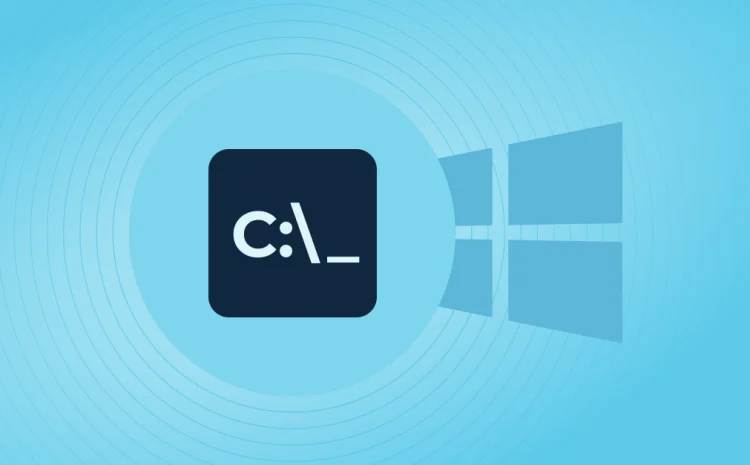How to Detect and Diagnose RAM Issues on Your Computer
Random Access Memory (RAM) is a critical component of any computer. It provides temporary storage for data that the CPU needs to access quickly. RAM malfunction can cause crashes, slowdowns, or data corruption. Why Diagnosing…

